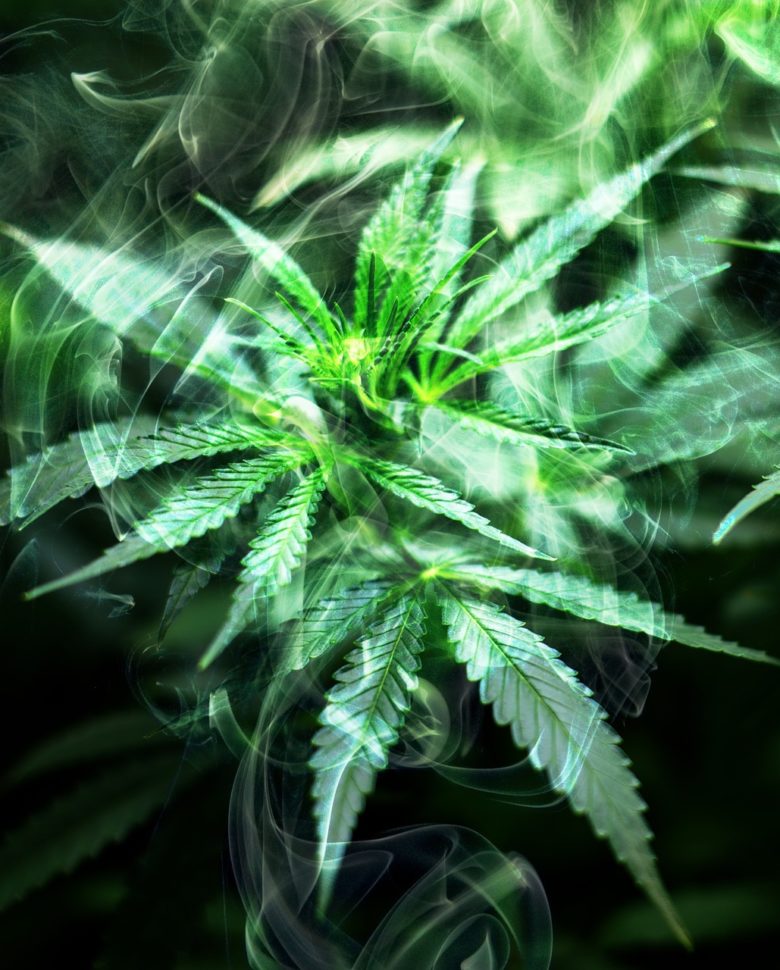Is Marijuana a Viable Alternative to Opioid Use for Pain Management?
Dr. Constance Scharff, the director of addiction research at the Cliffside Malibu addiction treatment center in Malibu, California, did not expect to be an advocate for medical marijuana legalization. But when she saw data indicating that states with medical marijuana laws showed a 25% decrease in opioid-related overdose deaths, she began to change her tune. It is estimated that in 2016, more than 50,000 people in the United States will die from accidental overdose. If 25% could be saved by legalizing medical marijuana, that would tremendous for thousands of families.
How much pain should we tolerate? While the USA has 5% of the world’s population, we use at least 80% of the world’s pain medications. Part of this trend may be that Americans have developed an expectation to be pain free in all circumstances. But pain is a symptom of other issues, and those underlying issues need to be addressed.
There are negatives to medical marijuana legalization. First, marijuana is ten times more powerful than it was decades ago. Though not considered a “gateway drug,” as it once was, marijuana is addictive in its own right. Second, marijuana for pain treatment is not recommended for those who already have a substance abuse problem or are in recovery from addiction. Those people have an altered brain structure from their addiction and marijuana use is likely to take them back to their original drug of choice.
Still, when given an option to legally use marijuana in place of opioids, many people choose marijuana. Because marijuana is not as lethal as opioids, it may be a good choice for some people to manage chronic pain. There are other alternatives too, including: acupuncture, meditation, and yoga. Look into all your pain management options if you suffer from chronic pain.
air date: 12/23/16




